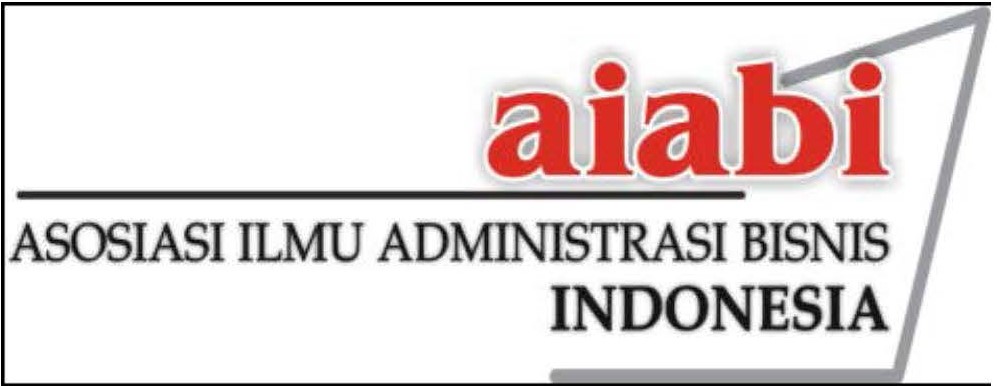ANALISIS STAKEHOLDER DALAM PERUMUSAN KEBIJAKAN PENGECUALIAN PERUSAHAAN INDUSTRI BERLOKASI DI KAWASAN INDUSTRI
Abstrak
This study aims to formulate a stakeholder management strategy that has a major influence in decision making on the determination of exclusion policies for industrial companies located within industrial estates. The stakeholder analysis method used is MACTOR (Matrix of Alliances and Conflicts: Tactics, Objectives and Recommendations). The results of the analysis show that coordination and synergy between stakeholders have not been effectively implemented due to the pattern of convergence and divergence among stakeholders which tends to be divided into 2 (two) groups. To reduce divergence between stakeholders, the role of key legislators needs to be improved so that the regulation can be issued soon.
Penelitian ini bertujuan untuk melakukan perumusuan strategi pengelolaan stakeholder yang mempunyai pengaruh besar dalam pengambilan keputusan pada penetapan kebijakan pengecualian perusahaan industri berlokasi di dalam kawasan industri. Metode analisis stakeholder yang digunakan adalah MACTOR (Matrix of Alliances and Conflicts: Tactics, Objectives and Recommendations). Hasil analisis menunjukkan bahwa koordinasi dan sinergi antar stakeholder belum terlaksana dengan efektif yang disebabkan oleh adanya pola konvergensi dan divergensi antar stakeholder yang cenderung terbagi menjadi 2 (dua) kelompok. Untuk mengurangi divergensi antar stakeholder maka peran stakeholder kunci perlu lebih ditingkatkan sehingga regulasi tersebut dapat segera diterbitkan.
Kata Kunci
Teks Lengkap:
PDFReferensi
Aaltonen, K. (2011). Project stakeholder analysis as an environmental interpretation process. Intenational Journal of Project Management, 29, 165–183.
Bryson, J.M. (2004). What to do when stakeholders matter: stakeholder identification and analysis techniques. Public Management Review, 6(1), 21-53.
Falcke, C.O. (1999). Industrial Park Principles and Practices. Journals Of Economic Cooperation Among Islamic Countries, 2, 2-11.
Jepsen, A.L., & Eskerod, P. (2009). Stakeholder analysis in projects: challenges in using current guidelines in the real world. Intenational Journal of Project Management, 27, 335–343.
Kumar, S.A. (2008). Small Business and Enterpreneurship. New Delhi: I.K. Intenational Publishing House.
Reed, S.M., Graves, A., Dandy, N., Posthumus, H., Huback, K., Morris, J., & Stringer, L.C. (2009). Who's in and why? A typology of stakeholder analysis methods for natural resources management. Journal of Environmental Management, 90, 1933-1949.
Sjafrizal. (2012). Ekonomi Wilayah dan Perkotaan. Jakarta: Raja Grafindo Persada.
Suporahardjo. (2005). Manajemen Kolaborasi: Memahami Pluralisme Membangun Konsensus. Bogor: Pustaka Latin.
UNIDO. (2012). Europe and Central Asia Regional Conference on Industrial Parks as a tool to foster local industrial development. Baku Azerbaijan: UNIDO.
Winardi, Priyarsono, D.S, Siregar, H., & Kustanto, H. (2017). Perbandingan Kinerja Sektor Industri Manufaktur Berdasarkan Lokasi di Dalam dan di Luar Kawasan Industri. Jurnal Manajemen Teknologi, 16(3), 241-257.
Yang, J., Shen, Q., & Ho, M. (2009). An overview of previous studies in stakeholder management and its implications for the construction industry. Journal of Facilities Management, 7, 159–175.
DOI: https://doi.org/10.24198/adbispreneur.v4i1.20736









